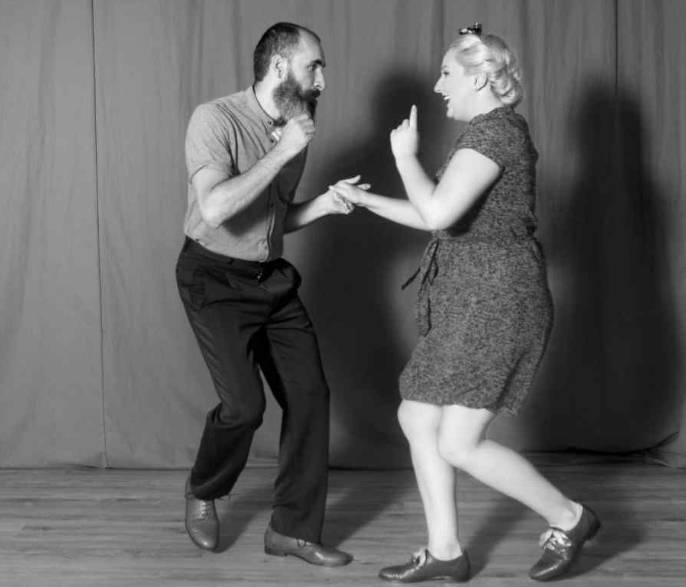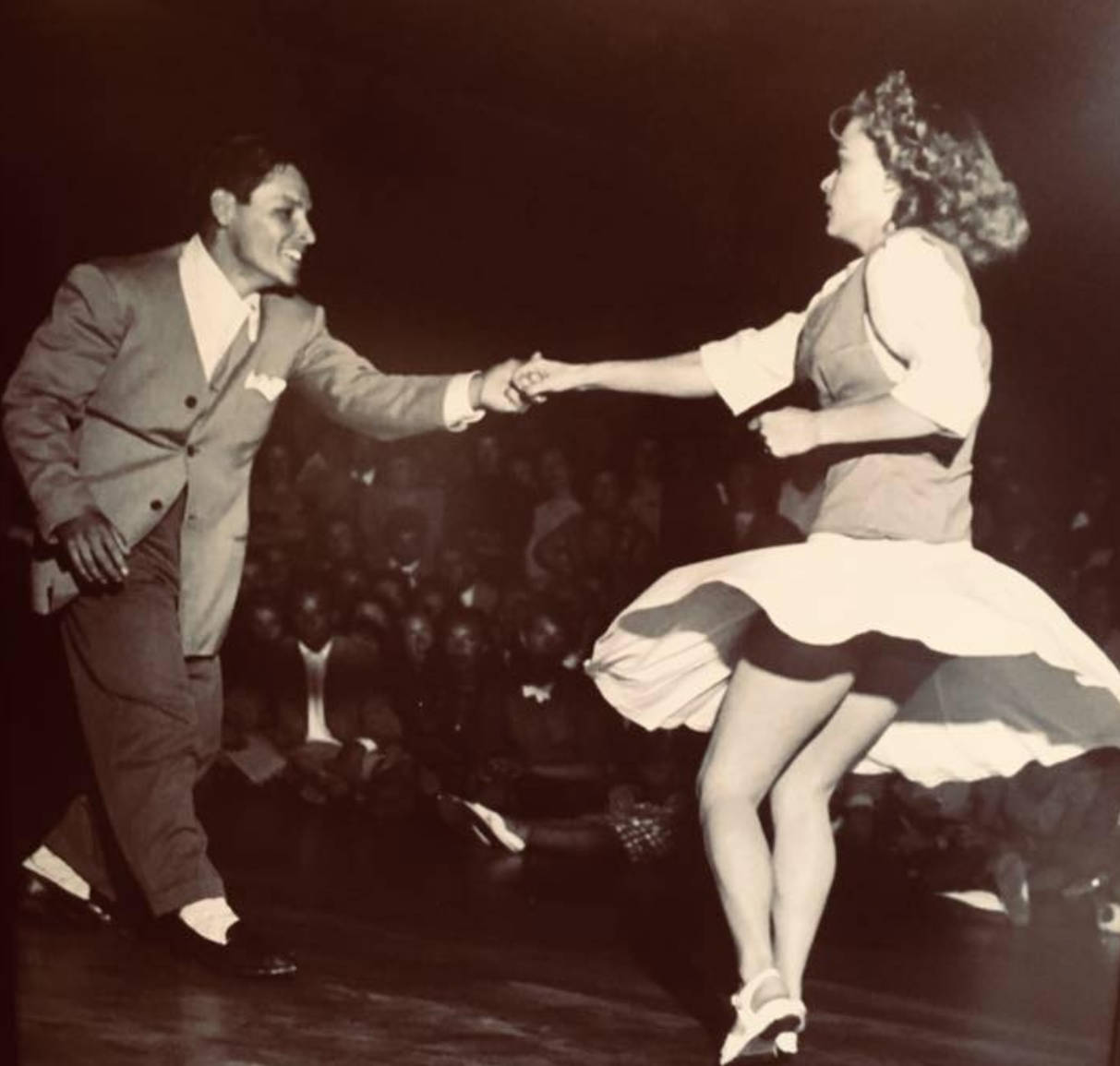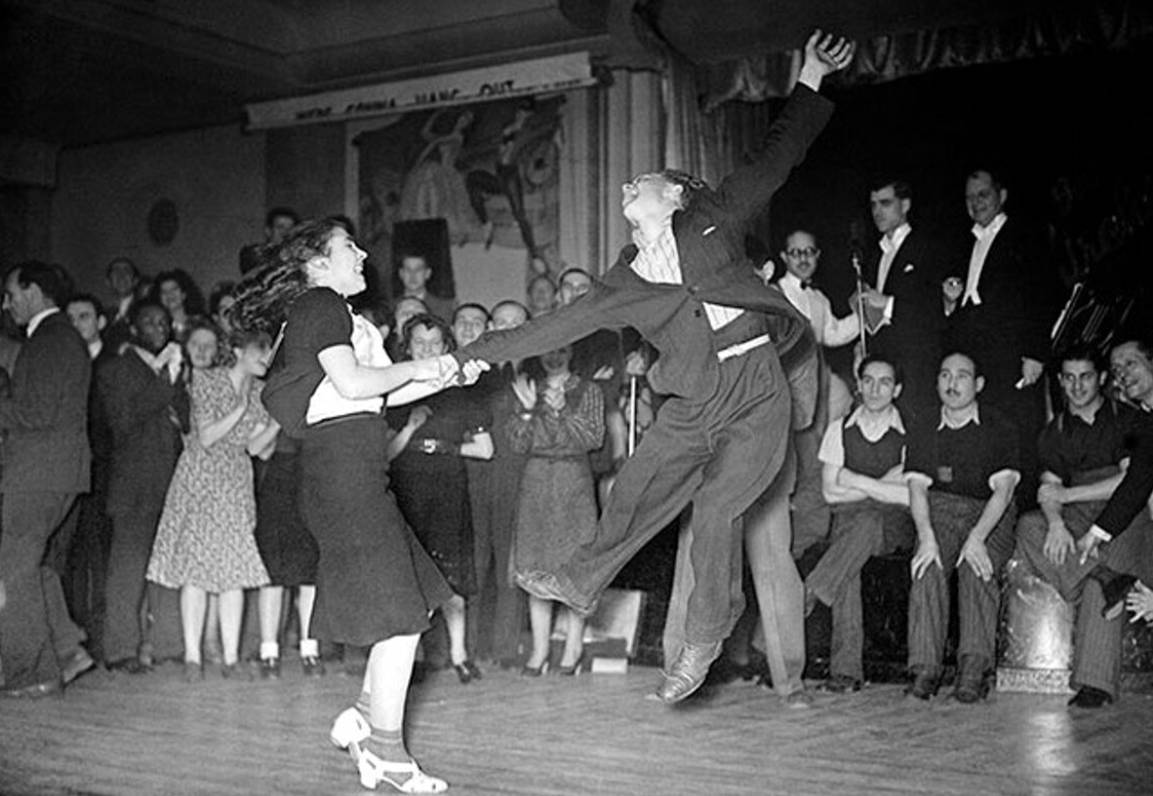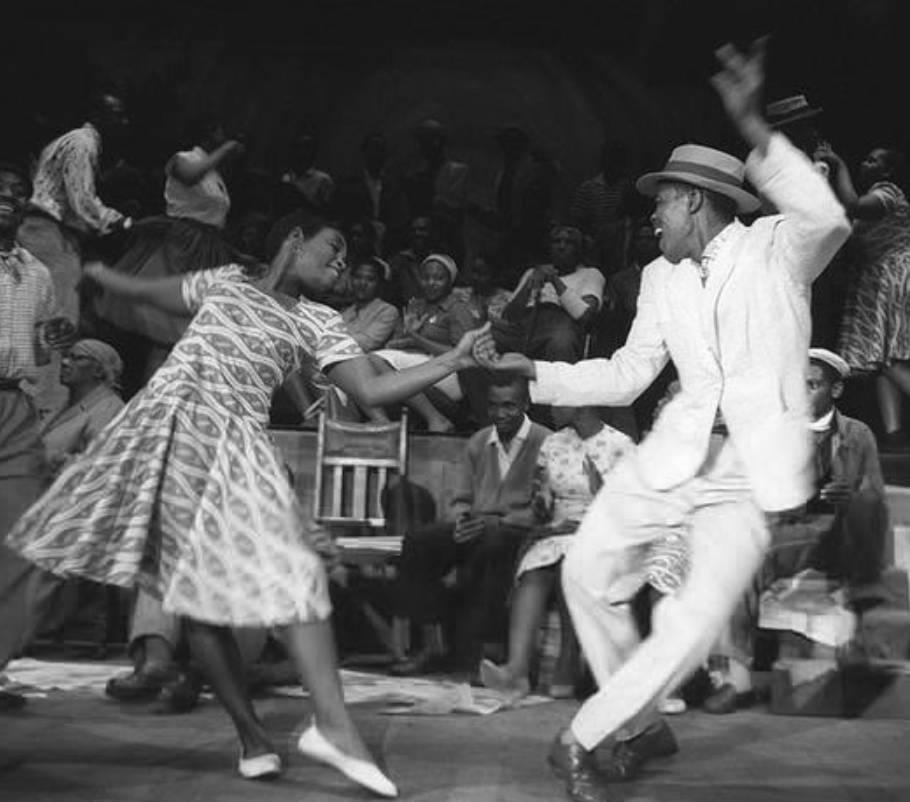Swing dancing originated in the 1920s and 30s in African American communities in the United States. It evolved from the Lindy Hop, a popular dance style that originated in Harlem, New York City. Swing dancing was a reflection of the Jazz music of the time, and it quickly spread throughout the United States and Europe.

1. The Origins of Swing Dancing
The Lindy Hop
- The Lindy Hop was created by dancers in Harlem, New York City, in the late 1920s and early 1930s.
- The dance was named after Charles Lindbergh, who made the first solo flight across the Atlantic Ocean in 1927.
- The Lindy Hop combined elements of tap dance, Charleston, and other African American dance styles with jazz music.
The Birth of Swing Music
- Swing music, a style of jazz characterized by its rhythm and upbeat tempo, emerged in the 1920s and 30s.
- Swing music was popularized by big bands, such as those led by Duke Ellington, Count Basie, and Benny Goodman.
- Swing music was a major influence on the evolution of swing dancing.

2. The Golden Age of Swing Dancing
Swing Dancing Goes Mainstream
- In the late 1930s and early 1940s, swing dancing exploded in popularity and became a mainstream phenomenon.
- Swing dancing was featured in Hollywood films, such as “Hellzapoppin” and “Keep Punching.”
- The dance was also showcased on television shows, such as “The Ed Sullivan Show.”
The Savoy Ballroom
- The Savoy Ballroom in Harlem was the epicenter of swing dancing during the Golden Age of Swing.
- The ballroom hosted weekly dance competitions, which attracted dancers from all over the United States.
- The Savoy Ballroom was a melting pot of cultures, and dancers of all races and backgrounds could be found on the dance floor.
3. The Decline and Resurgence of Swing Dancing
The Decline of Swing Dancing
- Swing dancing declined in popularity in the late 1940s and early 1950s, as other forms of music and dance became popular.
- Rock and roll, the Twist, and other dance styles replaced swing dancing as the dominant form of dance.
The Resurgence of Swing Dancing
- In the 1980s and 90s, swing dancing experienced a resurgence in popularity.
- The revival was led by a group of swing enthusiasts in California, who organized dance events and competitions.
- The swing revival also led to the emergence of new swing dance styles, such as West Coast Swing and Lindy Hop.

Swing dancing has a rich history that reflects the cultural and social changes of the 20th century. It originated in African American communities in the United States and evolved with the Jazz music of the time. Swing dancing reached its peak in popularity during the Golden Age of Swing, but declined in the 1950s. However, swing dancing experienced a resurgence in the 1980s and 90s, and continues to be a popular dance style around the world. Swing dancing is more than just a dance, it represents a unique cultural heritage that has left a lasting impact on music, dance, and popular culture.
